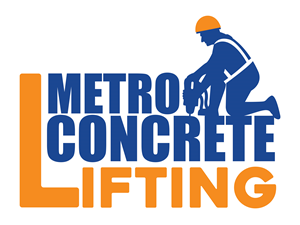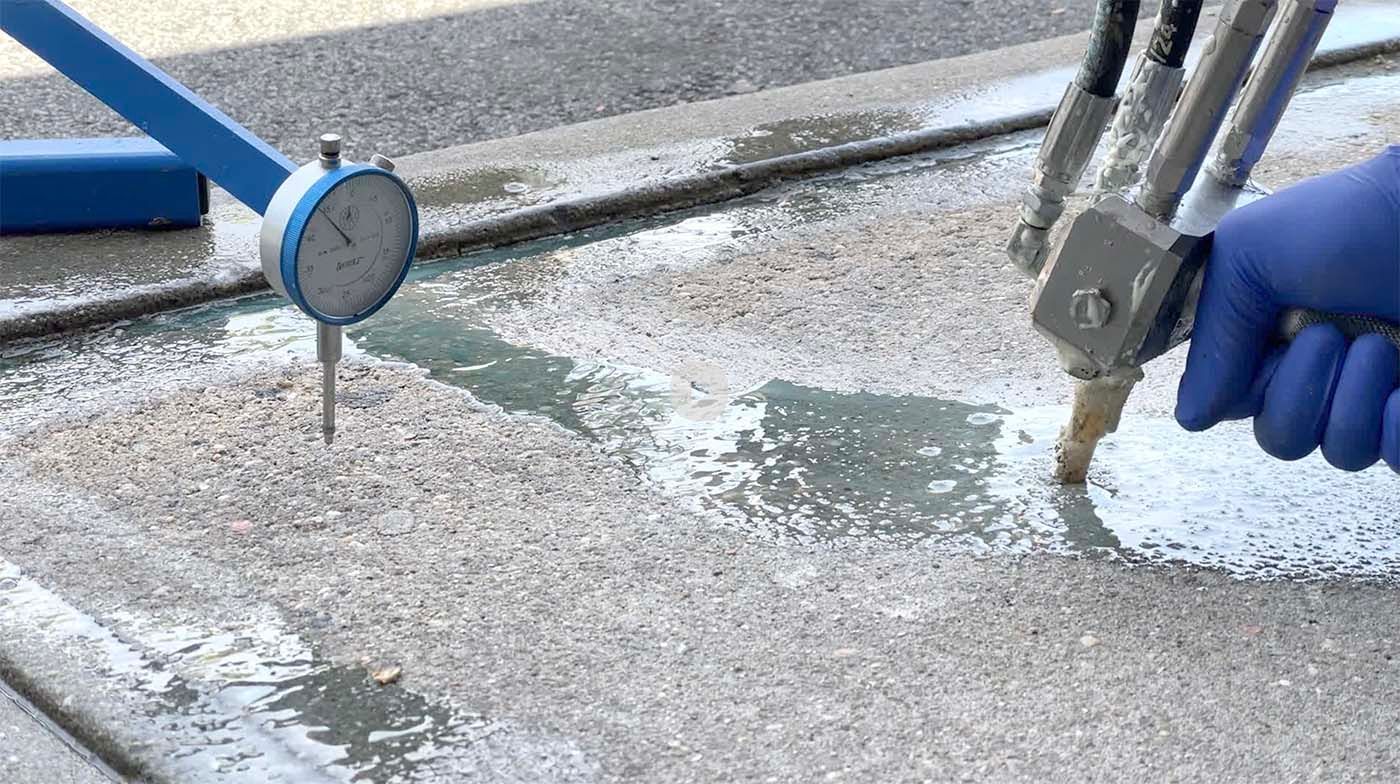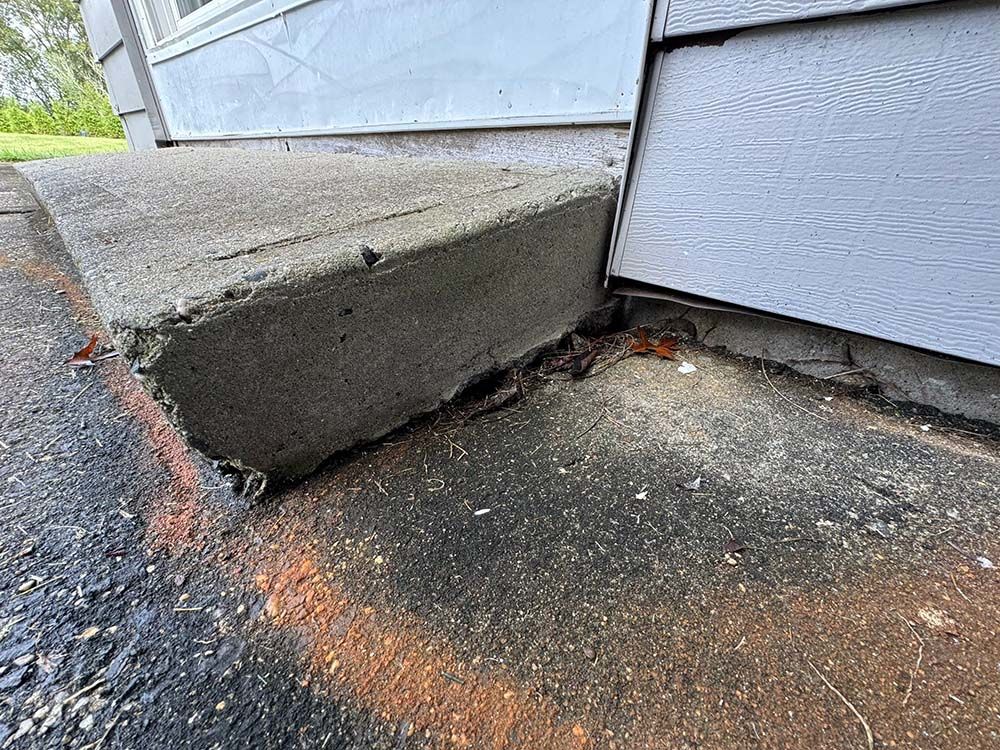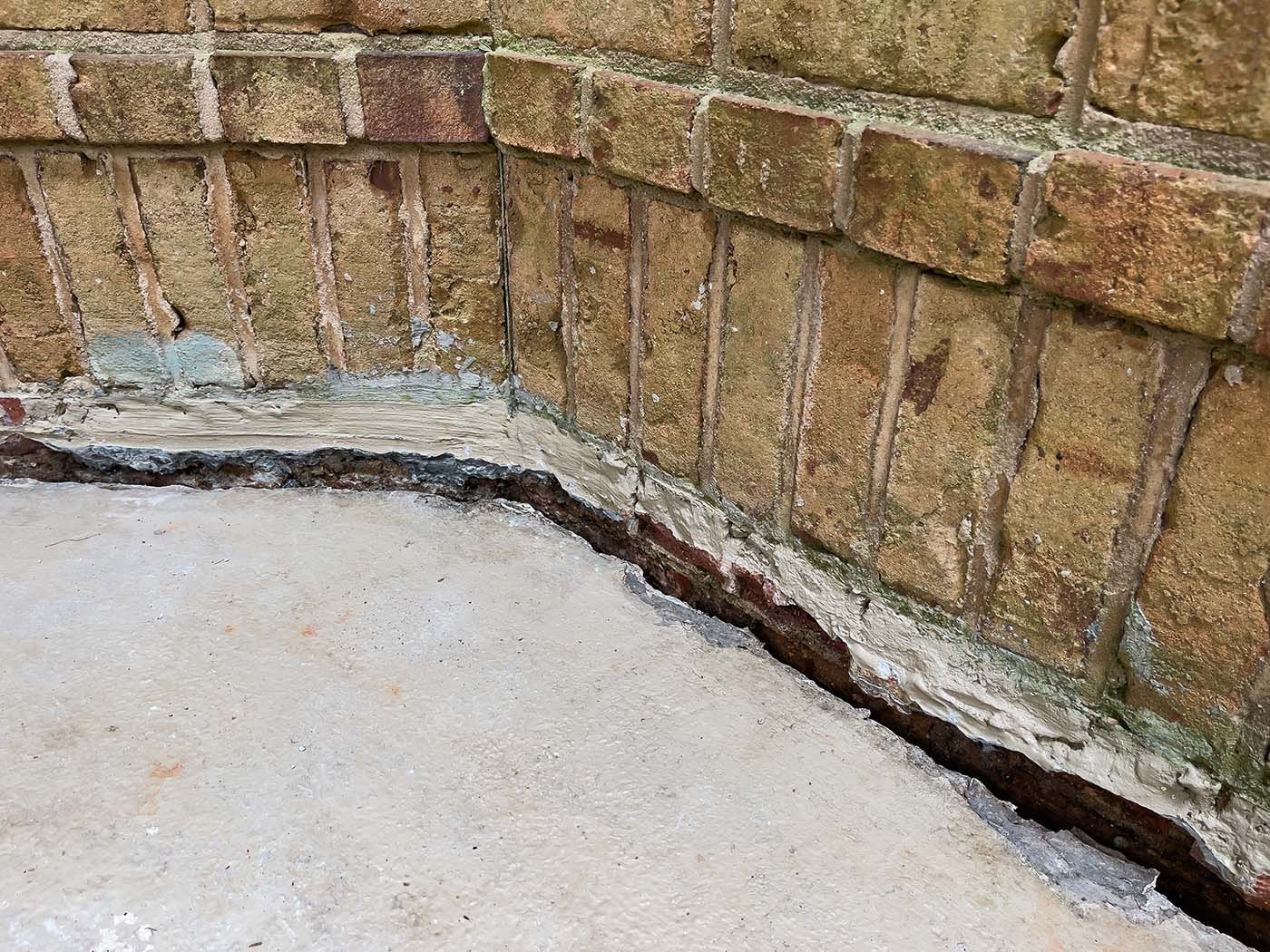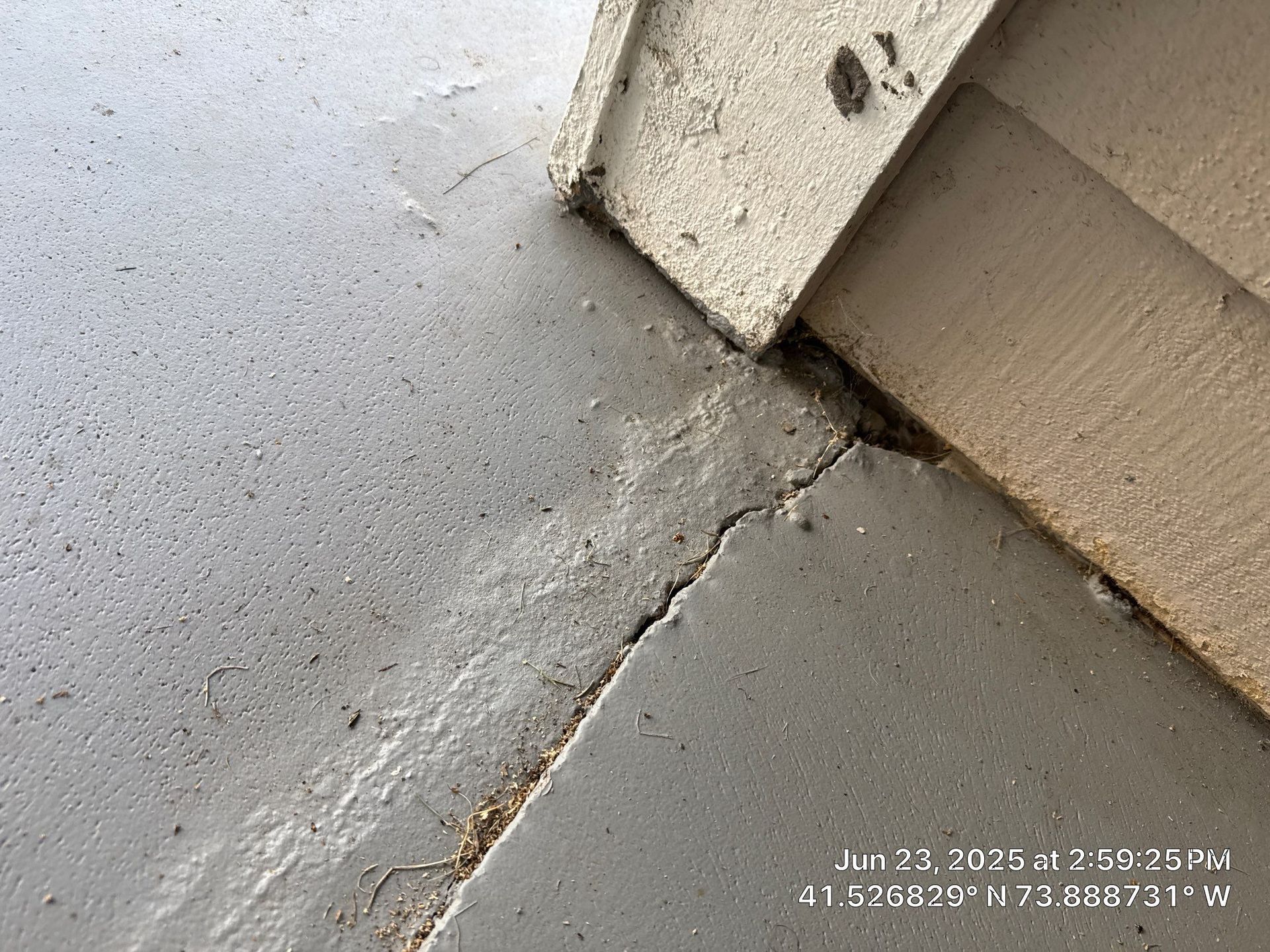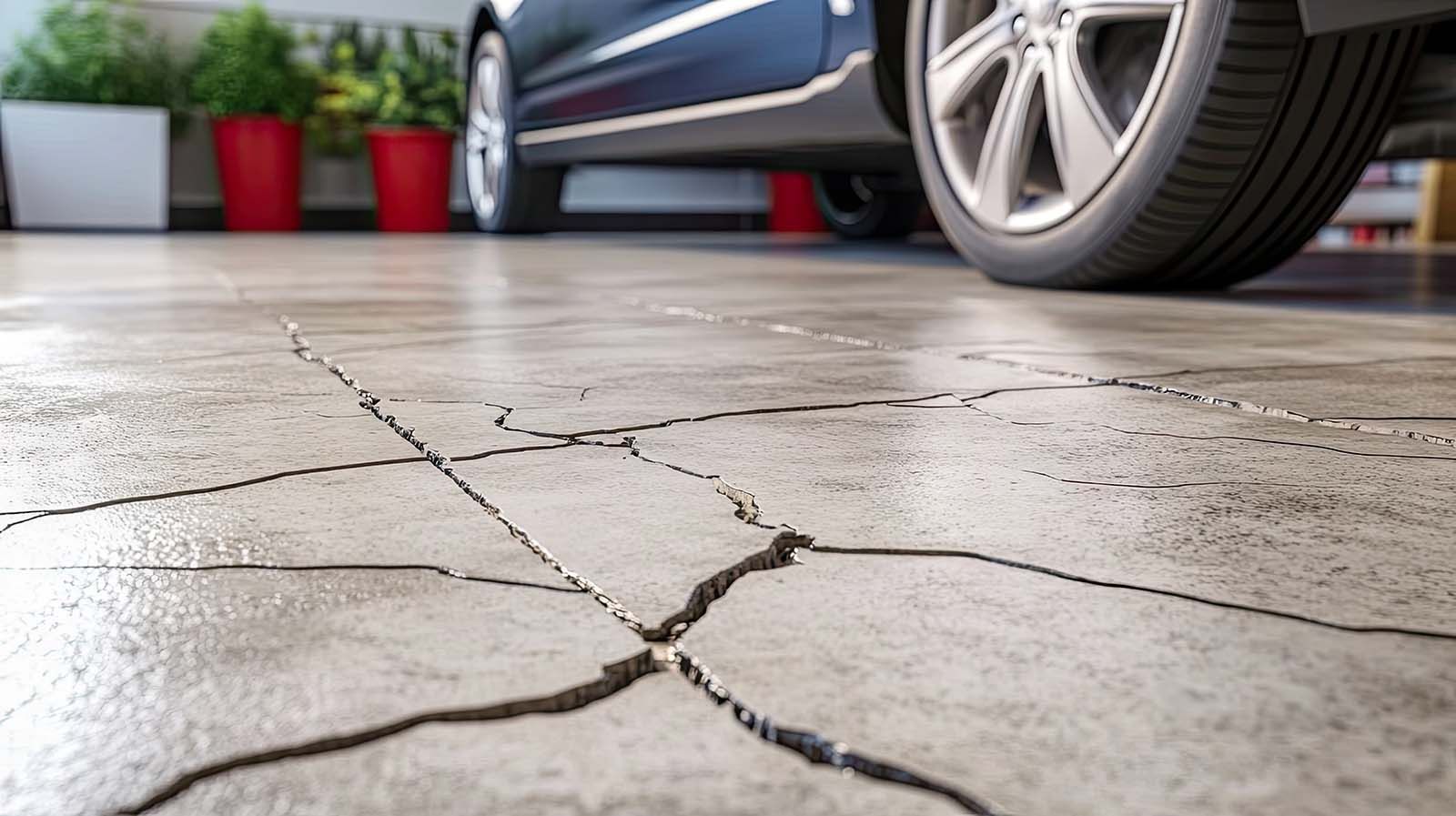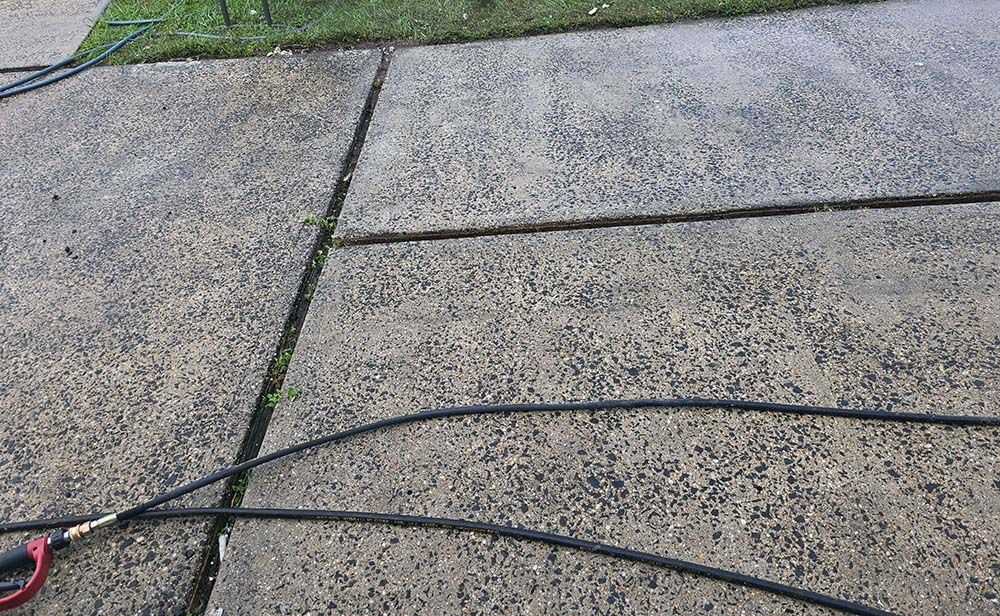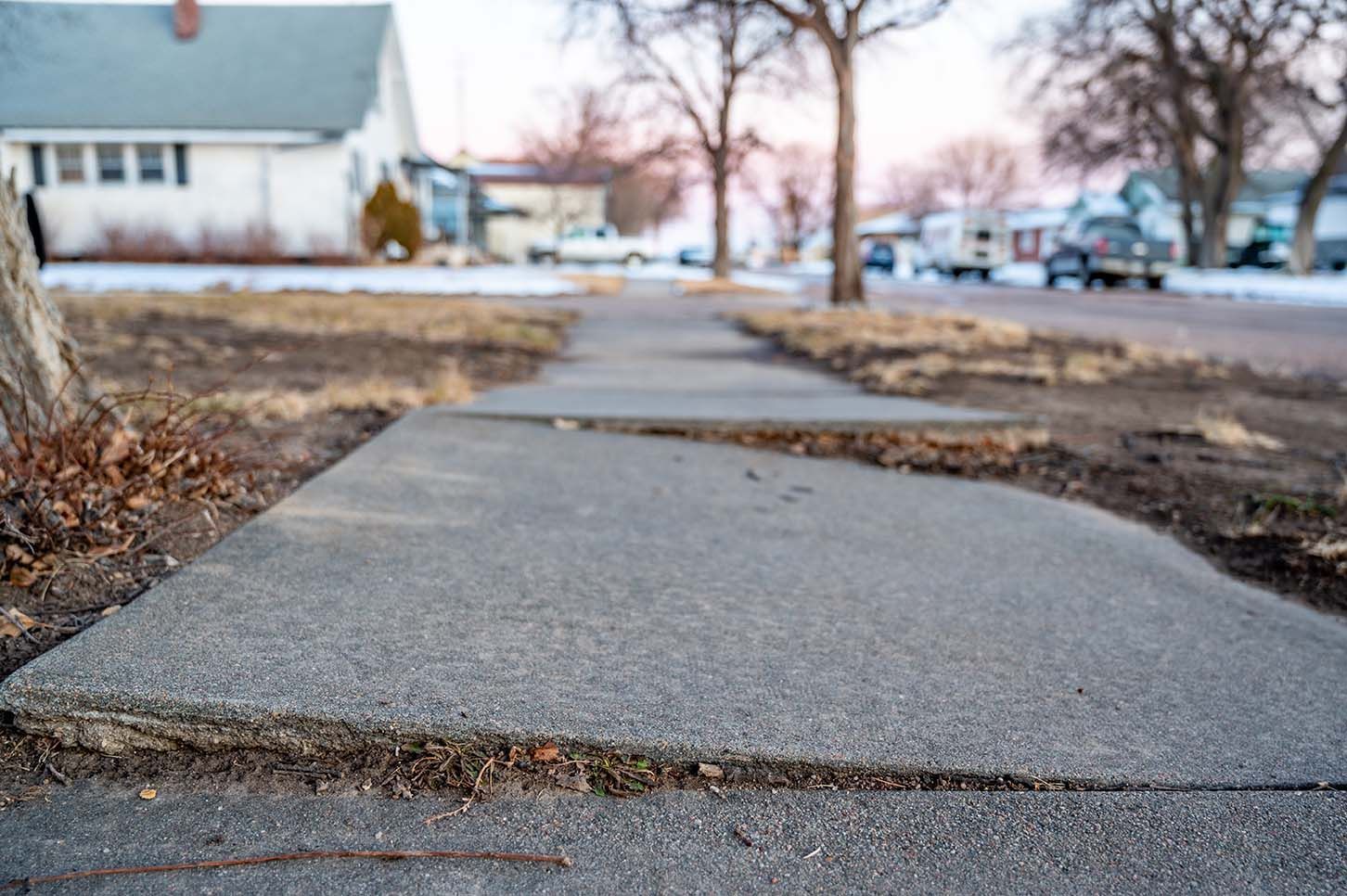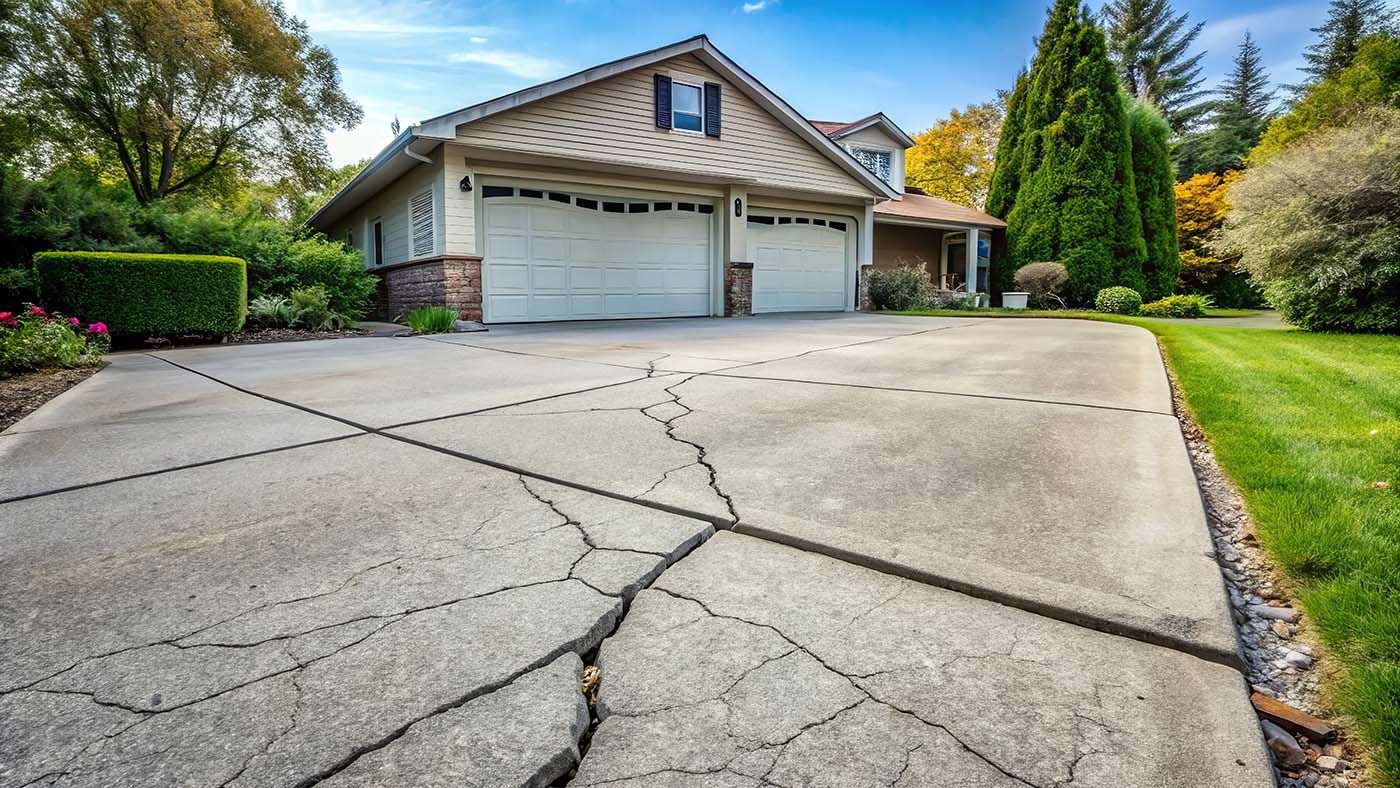Top 7 Questions Homeowners Ask About Foam Lifting
Request A Free EstimateWhat is foam lifting and why do homeowners use it?
Foam lifting, also called polyurethane concrete leveling, is a fast, affordable way to raise sunken concrete without tearing it out. It’s commonly used to fix uneven driveways, sidewalks, steps, patios, and garage floors—especially in areas like New Jersey, Westchester, and the Lower Hudson Valley where freeze-thaw cycles and poor drainage often cause sinking.
Is this really better than replacing it?
We hear this all the time from homeowners in New Jersey, Westchester, and the Lower Hudson Valley.
You’ve got a sinking driveway, uneven steps, or sloped patio—and you're wondering if this foam stuff really works.
Let us clear up the confusion. Here are the 7 most common questions we’re asked about foam concrete lifting—and honest answers to help you make the right decision for your property.
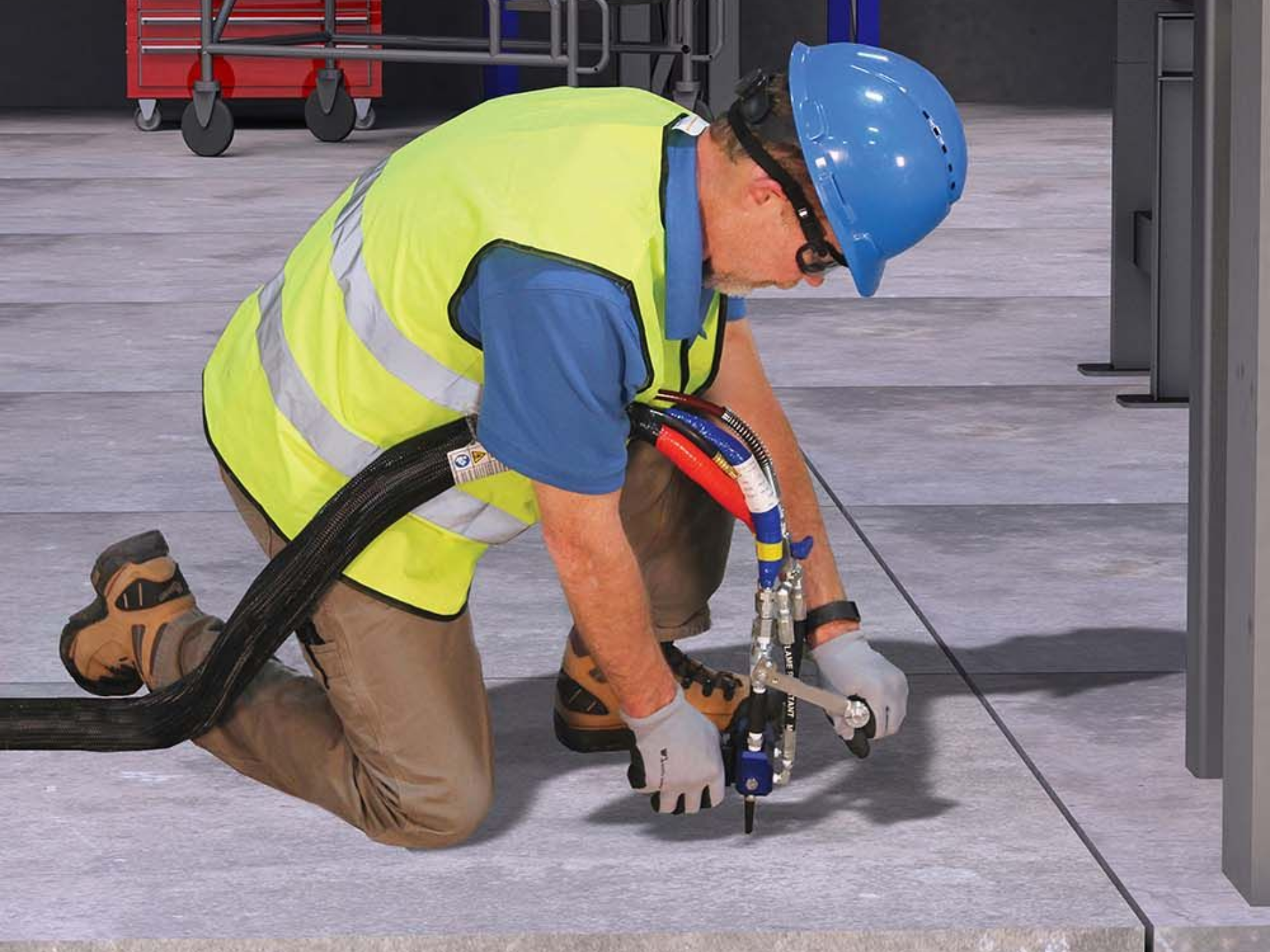
1. What is foam concrete lifting, and how does it work?
Foam lifting (also called polyurethane slab jacking) uses expanding foam to raise and stabilize sunken concrete.
Here’s how it works:
- We drill small holes into the slab
- Inject expanding foam beneath the surface
- The foam fills gaps and voids, then gently lifts the concrete
- Once level, the holes are patched—job done!
Most jobs take just a few hours and leave no mess, no heavy equipment, and no demolition.
2. Is it really better than replacing the concrete?
Yes—for most homeowners, it’s the smarter choice.
- Costs 40–70% less than replacement
- No tear-out or reconstruction
- Walk or drive on it the same day
Many of our customers tell us they wish they had known about foam lifting sooner—it saved them thousands and avoided days of mess.
3. How long does foam lifting last?
Foam lifting is built to last.
- The high-density polyurethane foam we use:
- Doesn’t shrink or wash away
- Resists water and weather
- Helps stabilize the soil under the slab
Most projects last 10–20+ years, especially when drainage is corrected.
4. What surfaces can be lifted with foam?
Nearly any sunken or uneven concrete surface:
- Driveways
- Sidewalks
- Garage floors
- Basement slabs
- Pool decks
- Patios
- Concrete steps or stoops
“If it’s concrete—and it’s sinking—chances are we can lift it.”
5. How much does foam lifting cost?
Most jobs range between $800 and $3,000, depending on:
- Size of the slab
- Depth of the voids underneath
- Location and access
We offer free, no-pressure estimates across New Jersey and New York, and we’ll walk you through the options.
6. Will my concrete sink again?
Not likely.
- Our foam is designed to:
- Lock into the soil
- Prevent water intrusion
- Provide long-term stability
Of course, if new water issues arise, other areas of your property could settle—but our team always inspects and advises on prevention.
7. How fast is the process—and when can I use it again?
Most jobs are done in just a few hours.
You can typically walk on the surface in 30 minutes, and drive on it the same day.
Compare that to full replacement, which can take days of demolition, drying time, and curing—and the choice is easy.
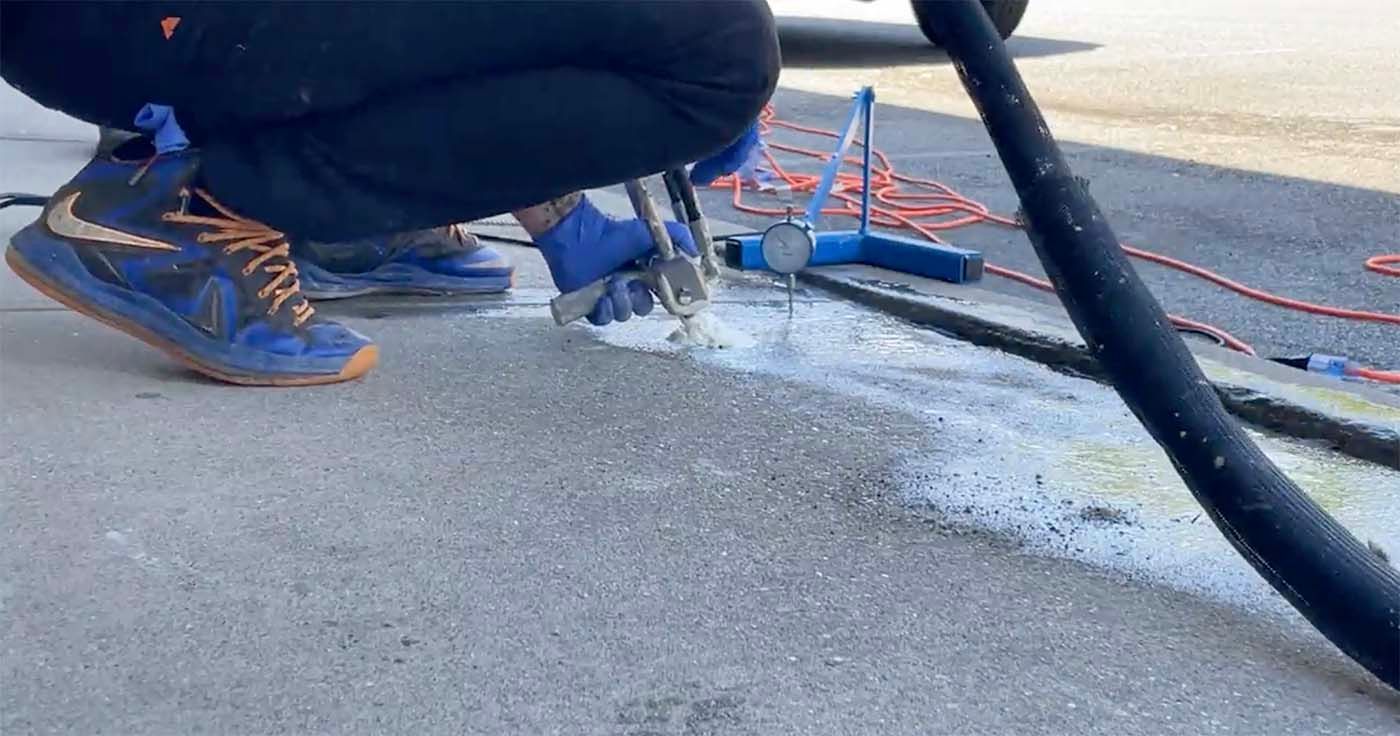
Why Homeowners in NJ & NY Trust Metro Concrete Lifting
- We’re a local, woman-owned, family-run business
- We specialize in concrete lifting for our region’s unique soil and weather
- You’re not a number—we treat your home like our own
- We serve Bergen, Essex, Passaic, Westchester, and the entire Lower Hudson Valley
Still Have Questions?
We’re happy to answer them—honestly.
Get expert guidance, not a sales pitch.
📩
Request a free estimate
🔗
Learn more about concrete leveling services
FAQ's
Can foam lifting be done in cold weather?
Yes, foam lifting is often possible during fall and winter, depending on ground temperature and slab condition.
Is the foam environmentally safe?
Yes. We use non-toxic, environmentally safe polyurethane foam that cures inert and won’t leach into soil or water.
Can you level decorative or stamped concrete?
Absolutely. We take special care to preserve the finish and appearance of your concrete.
